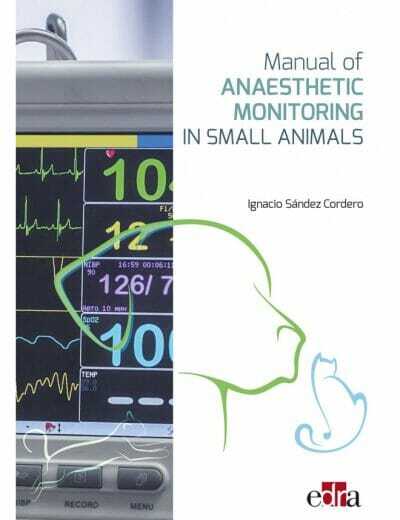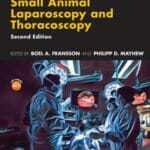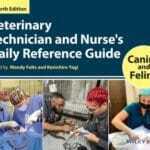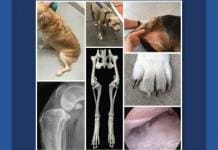1. Monitoring, complications and mortality in anaesthesia (I. Sández, I. Redondo)
2. Prior assessment of patients’ state of health (M.A. Cabezas)
Preanaesthetic assessment and preanaesthetic consultation
Additional tests
ASA classification and preanaesthetic assessment of critical points
3. Anaesthetic records (F. Aprea)
4. Basic monitoring (I. Sández)
Proper interpretation of pulmonary and cardiac auscultation
Peripheral pulse palpation
Mucous membrane colour
Capillary refill time
5. Cardiovascular system (I. Sández, D. Torralbo, M. Soto)
Electrocardiogram (ECG): arrhythmia detection and assessment of ECG changes
Arterial pressure
Noninvasive methods: conventional oscillometry, high-definition oscillometry and Doppler method
Invasive methods: arterial catheterisation techniques, interpretation of the invasive arterial pressure curve and possible artefacts
Central venous pressure (CVP)
Cardiac output
Measurement methods
Importance of in-clinic measurement
Preload monitoring
Tissue oxygen delivery
6. Respiratory system (F. Martínez, M. Martínez)
Pulse oximetry
SO2 percentage
Plethysmographic curve
Capnography
Curve interpretation
Importance of capnography in the V/Q ratio
7. Respiratory mechanics monitoring (J. Martínez, I. Sández)
Spirometry in patients with spontaneous ventilation
Spirometry in patients with mechanical ventilation
Pressure-time, flow-time and volume-time curves
Pressure-volume and flow-volume loops
Haemodynamic implications of mechanical ventilation
8. Temperature (I. Redondo)
Hypothermia: consequences and prevention
Hyperthermia: consequences and prevention
9. Central nervous system monitoring (I. Sández)
Introduction
Assessment of the degree of hypnosis
Position of the eyeball and reflexes
Anaesthetic agent concentration
Assessment of electrical brain activity: electroencephalogram (EEG)
Assessment of the degree of intraoperative analgesia
Arterial pressure (AP) and heart rate (HR)
Plethysmographic curve
Parasympathetic tone activity (PTA)
Changes in the BIS
Additional monitoring of the nervous system: intracranial pressure (ICP) monitoring
10. Neuromuscular block monitoring (M. Martín, M. Lorenzutti)
11. Arterial and venous blood gasometry (E. Rioja, I. Sández)
Acidosis-alcalosis
PaO2, PaCO2, HCO3
Pa:FiO2 ratio
A-a CO2 Diff assessment
Electrolyte imbalances affecting anaesthesia
12. Lactate (C. Palacios, I. Sández)
Measurement and interpretation
Importance as a diagnostic and prognostic marker
Clearance
13. Postanaesthetic monitoring of critical patients (J. Viscasillas)
14. Glossary of terms










































